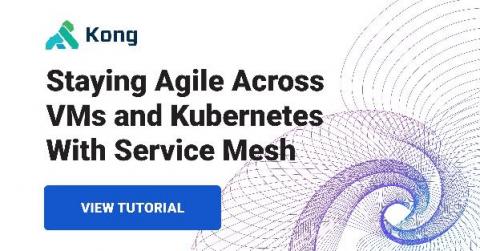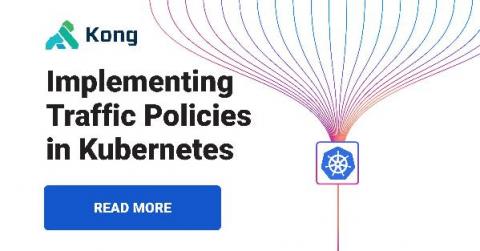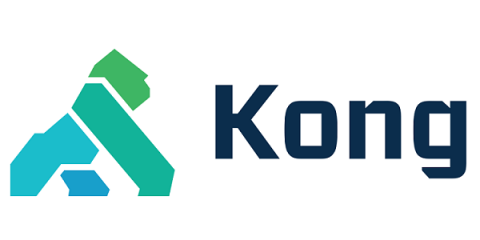Scaling Service Mesh Globally and Across Environments
A true service mesh should focus on how to manage and orchestrate connectivity globally. Connecting a new service mesh for each use case is a much simpler problem to solve, but doing so won’t help you scale. You’ll just be throwing a service mesh in each cluster and calling it a day. The more appealing solution is to stitch together environments.











